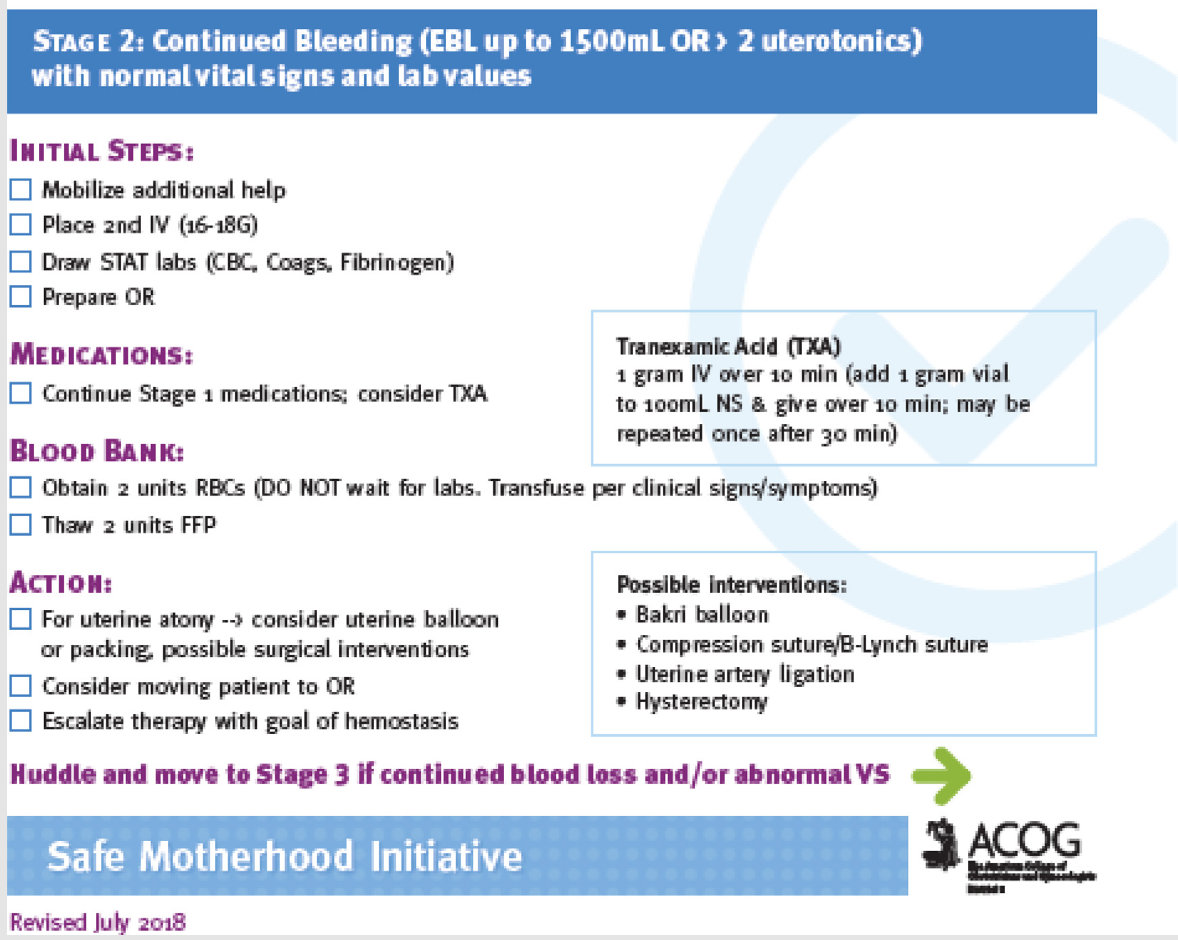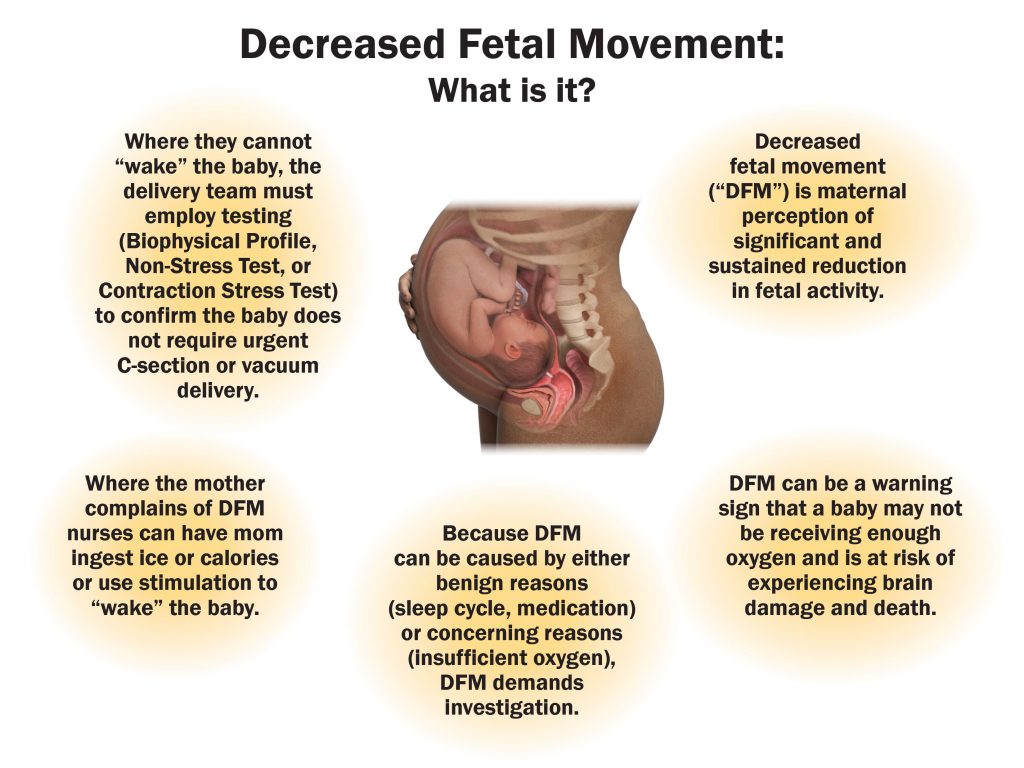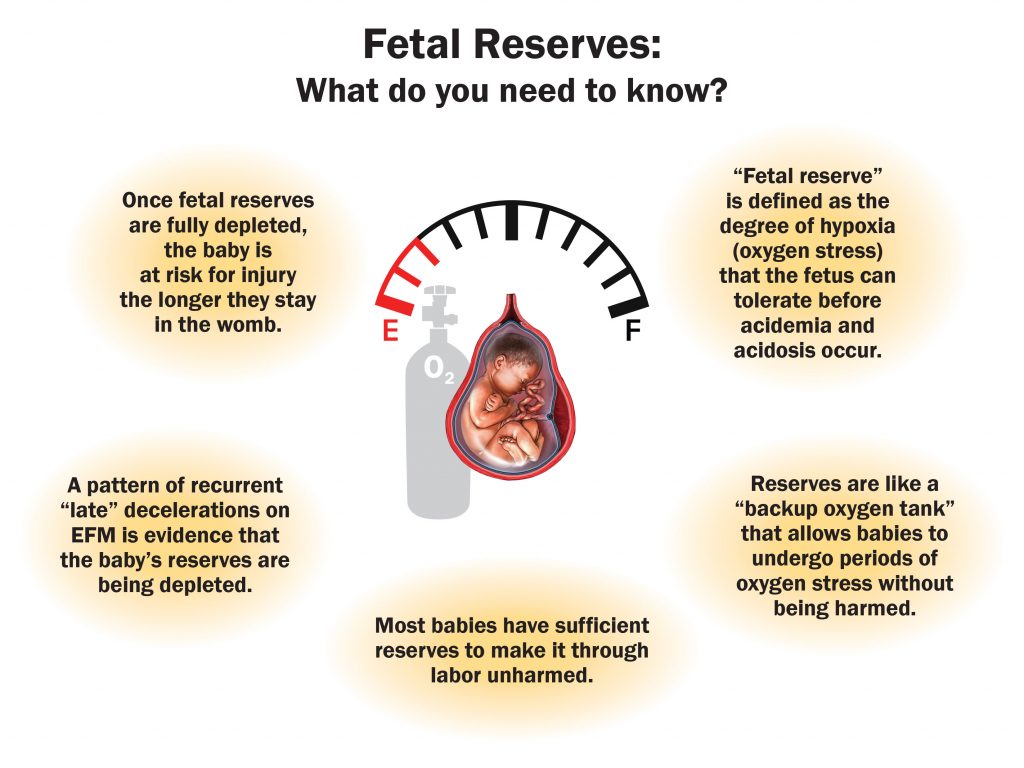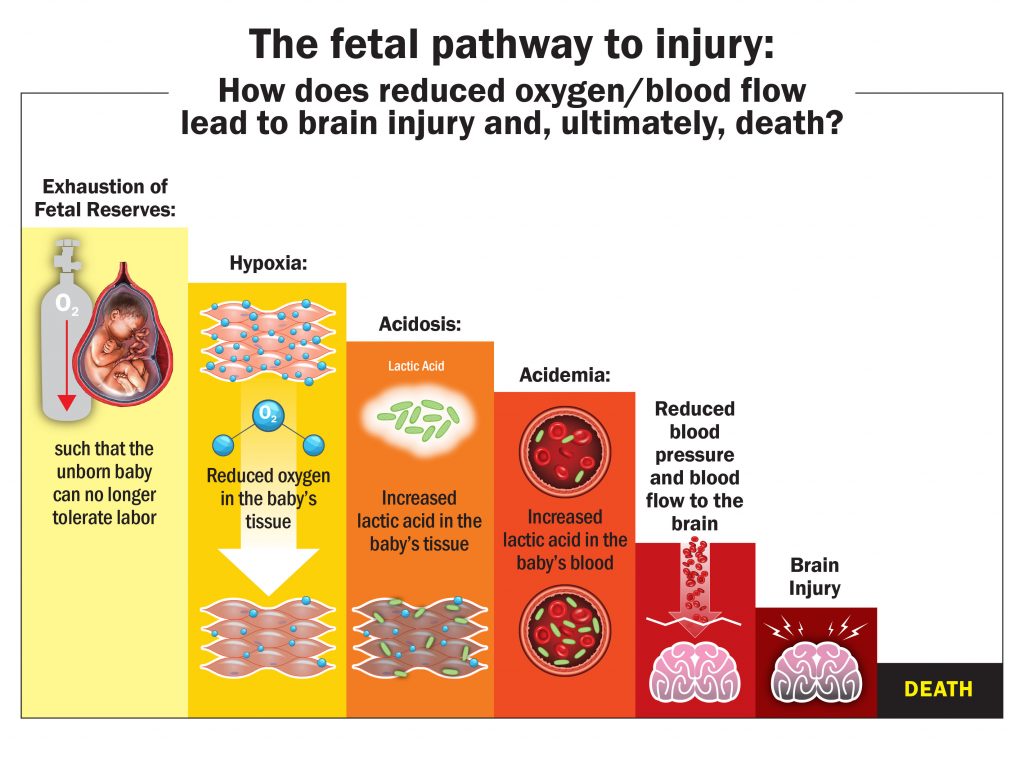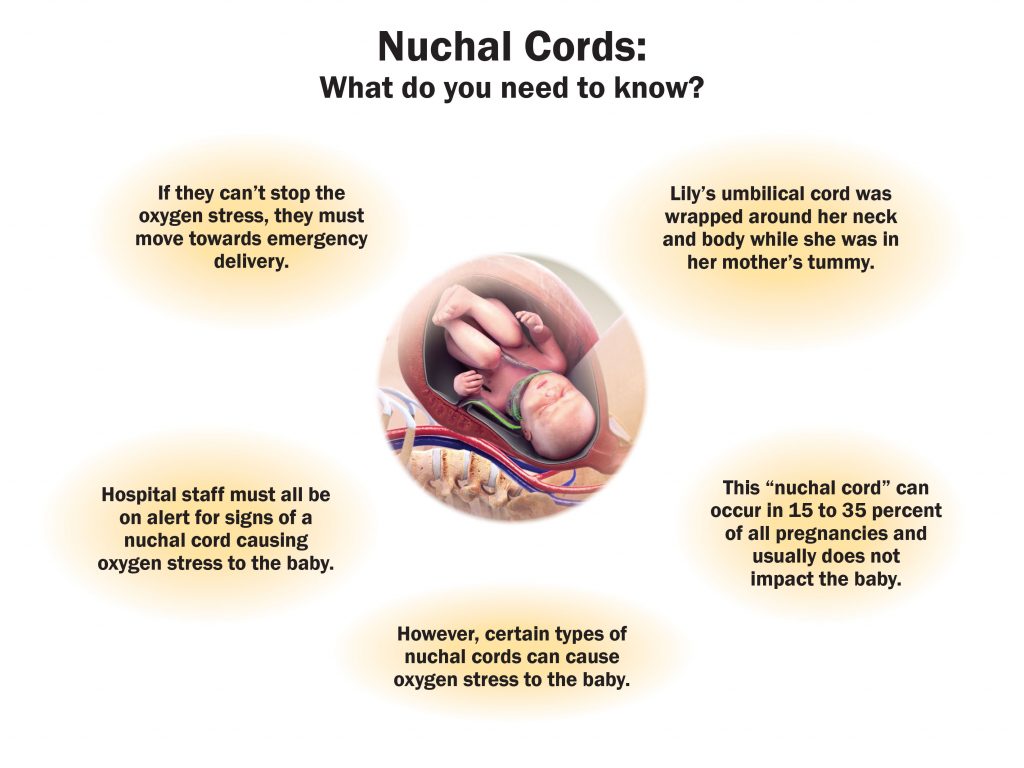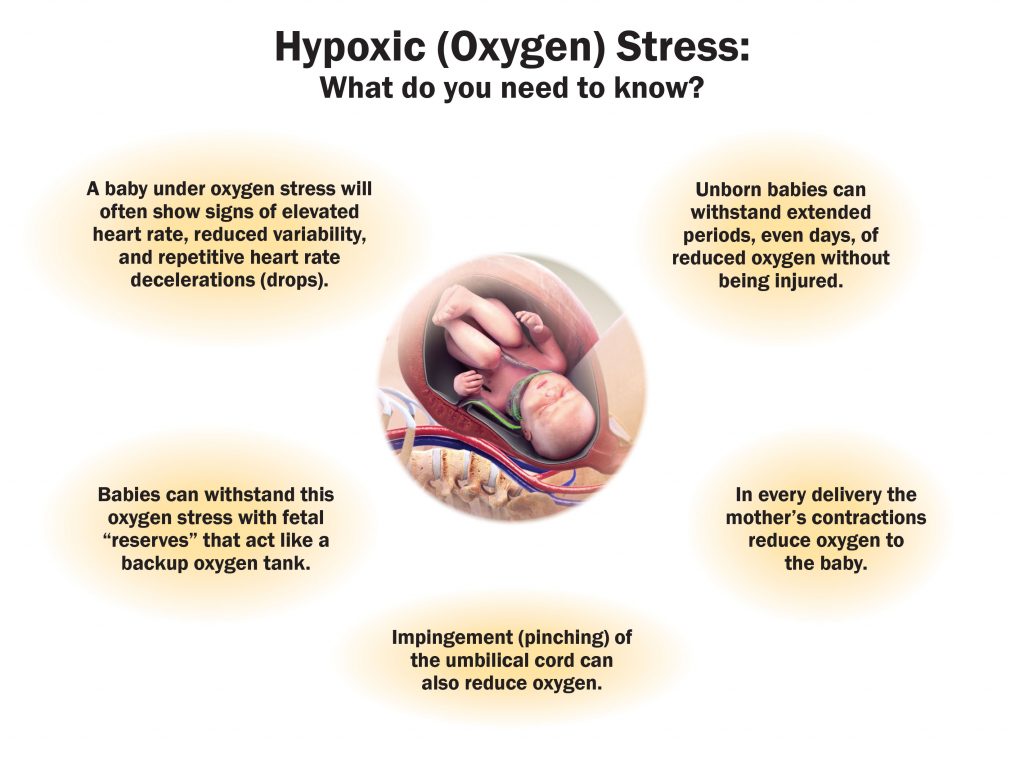Earlier this year, a blog entry on activities, exercises and toys for children with cerebral palsy mentioned the concept of “play therapy,” a concept in which children will play with toys and activities and, in the process, develop their mental and physical abilities. Play therapy is considered crucial to the growth of children with cerebral palsy. It is easy to see why; children are prone to want to play, and in the process, they can learn more about themselves and the world around them.
What constitutes play therapy?
According to the USHAS Centre for Exceptional Children, “play therapy is a medium to develop other skills and abilities.” While play therapy for children without disabilities is intended to improve social development and cooperation with others, for children with cerebral palsy, play therapy does all of that and develops their physical skills as well. Play therapy serves various different functions, both obvious and not so much: it releases stress and induces laughter, but it also increases hand-eye coordination and fine motor skills. According to Treatment for Cerebral Palsy, as the child gets older, play therapy can also increase his gross motor skills so that he may engage in “backyard athletics” like tee ball.
Play therapy is notably more difficult for children with cerebral palsy; as such, it is crucial that a parent ensure that play in any form is accessible to the child. However, cpinfo.org also recommends that the parent provide the least amount of assistance to her child during play therapy so that the child learns on his or her own. The website warns that a common issue that many parents of children with cerebral palsy have is being “too helpful,” which can slow a child’s growth. It is widely recommended that parents occasionally engage in play therapy by simply putting the child on the floor and allowing her to explore and engage her mobility.
The child’s choice
Another major point of play therapy is that the child learns through the methods that she prefers–in other words, she chooses which toys with which she will play or the activities in which she will engage. According to the Treatment for Cerebral Palsy website, it is important that the child has a way of letting the parent know what she prefers. With age, indication of preference will become easier–but it is recommended that parents come up with a communication system so that they can recognize preferences early on.
Effectiveness of play therapy
Play therapy is already a widely recommended practice, but it certainly helps to know that its benefits have scientific backing. In 2012, Doctors Neeti P. Buddhadev and Bharat Arya published a study that concluded that play therapy was highly effective in “improving the hand function of children with spastic diplegic cerebral palsy.” (Buddhadev* DNP, Arya** DB. Effectiveness of Play Therapy over Conventional Physiotherapy in Spastic Diplegic Cerebral Palsy Children.)
Thus, play therapy is clearly an effective and accessible way of engaging a child with cerebral palsy and helping him learn about the world and about himself. Tyrone Law Firm seeks to help those whose loved ones have cerebral palsy. If you are seeking legal representation in regards to cerebral palsy, please contact the firm to see what it can do for you.


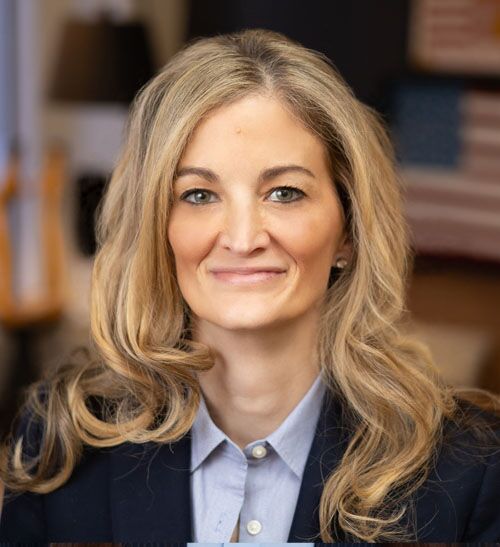

 Hayley serves as a Labor and Delivery Nurse Consultant for the Tyrone Law Firm. She attended and graduated Cum Laude from the University of Georgia in 2004 with a Bachelor of Arts degree in Journalism/Public Relations. After graduation she moved to the gulf coast where she pursued a career in real estate and development.
Hayley serves as a Labor and Delivery Nurse Consultant for the Tyrone Law Firm. She attended and graduated Cum Laude from the University of Georgia in 2004 with a Bachelor of Arts degree in Journalism/Public Relations. After graduation she moved to the gulf coast where she pursued a career in real estate and development.


